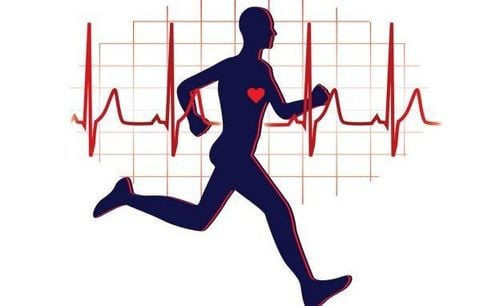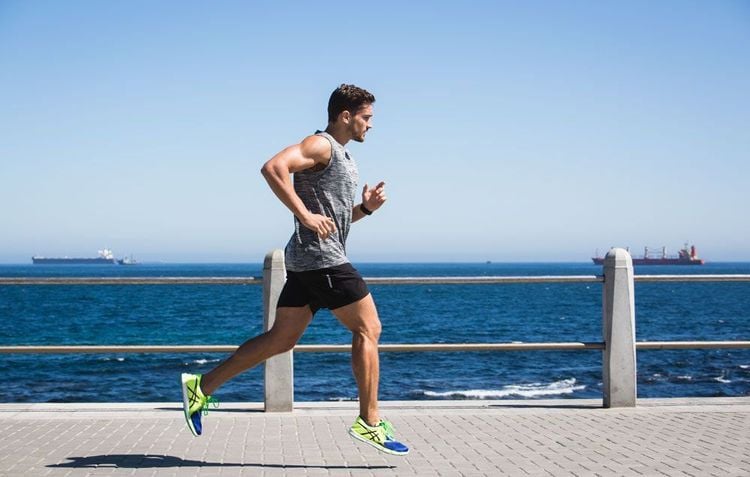This is an automatically translated article.
Endurance is a term widely used in sport that requires the circulatory and respiratory systems to produce energy to meet the demands of sustained athletic performance for the time they are required. This is very important in sports. So how to improve cardiovascular endurance?1. Benefits of Cardiovascular Endurance in Sports
1.1 What is cardiovascular endurance? Cardiovascular endurance, also known as cardiopulmonary endurance, is the ability of the circulatory and respiratory systems to deliver oxygen to the body's organ tissues during physical activity. In sports, it refers to the athlete's ability to sustain a prolonged exercise for several minutes, hours, or even days. If you have good cardiovascular endurance, you should be able to do an anaerobic activity that elevates your heart rate for a period of at least 20 consecutive minutes, such as jogging or swimming.1.2 Mechanisms of Energy Metabolism The goal of cardiovascular endurance training is to develop systems that produce energy to meet operational needs for the time they are required. The body converts food into fuel through different pathways. In the simplest terms, the body can convert nutrients into energy in the presence of oxygen (aerobic metabolism) or in the absence of oxygen (anaerobic metabolism). These two basic pathways are also broken down further, the three energy systems often referred to in exercise include:
ATP-CP (anaerobic) energy pathway: providing short bursts of energy to pull up to 10 seconds long. Anaerobic metabolism (glycolysis): provides energy for short bursts of intense activity lasting several minutes. Aerobic metabolism: provides most of the energy needed for long, low-intensity, and oxygen-intensive workouts. The waste products are eliminated in breath and perspiration.

Sức bền tim mạch là một trong những điều không thể thiếu cho sức khỏe của trái tim
2. How to increase cardiovascular endurance
Improving cardiovascular endurance requires regular practice of activities that raise the heart rate, such as walking, swimming, or dancing, etc. You should start the exercise slowly, practice step by step. a comfortable one to suit your current ability. Finally, train your favorite exercises in a suitable route that can be achieved for longer or more intensely. To train and maintain cardiovascular endurance, the goal is to do cardio exercises at least 3 times a week for a minimum of 20 minutes each time. Do not forget to warm up to warm up before exercise and rest after exercise to avoid injury.Some of the programs that improve cardiovascular endurance for sports include:
Long-distance, slow training is the most common type of endurance training and is the foundation for marathon runners, cyclists, and cyclists. long-distance vehicles and other athletes who need stable and long-lasting power output. This is also the easiest form of endurance training for beginners or beginners.

Tăng cường sức bền tim mạch yêu cầu phải rèn luyện thường xuyên các hoạt động giúp nâng cao nhịp tim, như đi bộ, bơi lội, hay nhảy,...

Tập luyện cự ly dài, chậm là kiểu tập luyện sức bền phổ biến nhất và là nền tảng cho những vận động viên chạy marathon
Please dial HOTLINE for more information or register for an appointment HERE. Download MyVinmec app to make appointments faster and to manage your bookings easily.
Reference source: verywellfit.com












